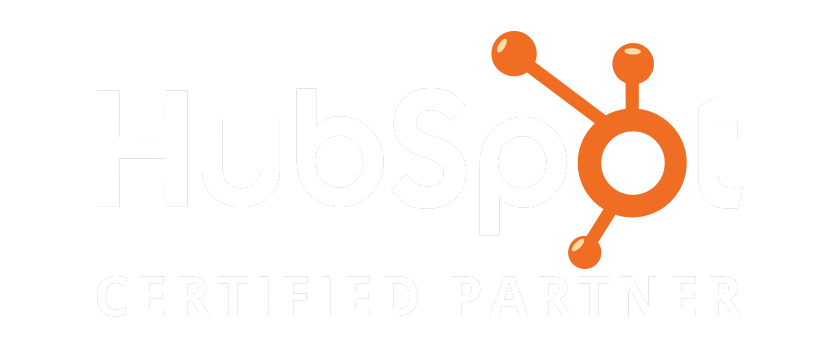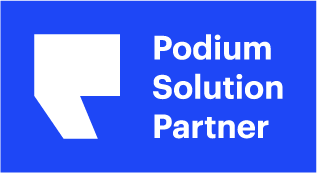Process improvement refers to a procedure that helps managers identify tasks and processes within your business that can become more efficient or resilient, then improve them. Since better operations lead to a better bottom line, many methods of process improvement exist in business.
Some of the best-known process improvement frameworks include Six Sigma and kaizen, also known as the Toyota way. Some of the methods of process improvement require a significant scoping process while others occur on the manufacturing line. You choose the one that works best for your business based upon its needs.
Regardless of the methodology you choose, you still include the same essential steps to achieve it. The way you implement the steps changes depending on whether you use kaizen or TQM or Six Sigma or 5S or Value Stream Mapping, etc.
1. Identify what you want to improve. This needs to be a definable and quantifiable goal. To set this goal, you need first to map your current processes. Once you have done that, you find the pain points and choose your starting point to improve.
2. Identify your stakeholders and obtain their buy-in. You need their active participation and willingness for your process improvement to work. Start by explicitly explaining what you want to achieve and your rationale for your process. People naturally resist change, so you have to show each of the stakeholders how it helps them. You will not get stakeholder buy-in if what you want to do does not help them.
3. Use stakeholder data to design a process improvement plan. This outlines the improvements and needed changes as well as sets metrics and evaluates risks. In this step, you also develop your standardized process to create uniformity in order to ramp up productivity and quality. Finally, you create your project plan.
4. Alpha and beta test the changes before making a wide-scale implementation. This reduces the risk of causing cost increases or delays when modifying the process. Those stakeholders actively involved in procedure creation, should also be involved in its testing. Compile stakeholder feedback and those who functioned as alpha and beta testers for your process change. Integrate the feedback before implementing the process changes. Fix what does not work for all of the stakeholders, so you do not lose buy-in.
5. Implement the improved process and monitor its performance. This provides you with the opportunity to optimize the process. Problems will arise that did not occur in testing. This step lets you immediately address them and repair the situation. Your new process should result in improved productivity at a higher quality than the process it replaced. Thus, you have a new and improved process or product. Compare your new process productivity to the original and if your productivity and quality both improved, you succeeded. If it fell, you have more improvements to make so you can produce more high-quality products.
6. Continue with feedback collection. Continually use this feedback to improve your productivity and accomplish more work. You can make small changes on any production line and crank out more widgets for less cost. Many ways exist to do this, for example, finding a lower-cost vendor by purchasing in bulk or improving the manufacturing equipment.
Potential Process Improvement Frameworks
You might choose only one methodology to improve your business, or you could combine them. That may sound like more work, but you can easily combine some frameworks such as Agile and Lean. Kaizen works well with either system since it includes aspects of both. The main options for process improvement include:
5S: This offshoot from Kaizen and Lean uses a five-step process of sort, straighten, shine, standardize and sustain. IT focuses the improvement process on consistency and standardization.
Cause and Effect Analysis: This offshoot from Six Sigma uses a diagramming method to identify problems, roadblocks, and pinpoint the area of the process that requires change, so you can change it once and get it right.
Kaizen: The Kaizen, or Toyota way, produces continuous Lean and Agile improvement focused on quality improvements, efficiency, and productivity. It uses managers on the production line to spot problems and institute instant changes to increase productivity and production without eroding quality.
Kanban: The Kanban method uses process workflow visualization to map production vis a vis business units or departments. It falls into the category of Lean methods.
Process Mapping: This procedure uses workflow visualization mapping to create a flowchart for spotting problems and remaking a process to produce [‘improved results. The terms process chart, process flowchart, process model, and functional flowchart also mean the same thing.
PDCA: This offshoot of the Kaizen method, the PDCA acronym, stands for Plan, Do, Check and Act. Its focus on efficiency lets you improve problem processes in four steps. You identify the pain point in the plan step, in do you build the solution and implement it, you check its effectiveness and in the act step, you document your metrics and implement them in a wide release.
SIPOC Analysis: This offshoot of Six Sigma uses a diagram format in the second or measure stage of DMAIC or DMADV. It stands for suppliers, inputs, process, output, and customers. SIPOC helps organizations to define their process improvement project and establish a framework for requirement identification and needed elements, whether they are tangible or intangible.
Six Sigma: One of the original frameworks from which many others spawned, Six Sigma divides the process improvement into five steps – define, measure, analyze, improve and control (DMAIC).
Total Quality Management (TQM): TQM also represents the original frameworks from which offshoots have formed. Its focus area, customer satisfaction, uses continuous process improvement and encourages a Fail Better work culture that lets employees try new ideas aimed at improving the quality and productivity of the company.
Value Stream Mapping (VSM): VSM focuses on why consumers love the products they offer. It identifies what makes each special in addition to discovering their pain points. VSM visually maps customer perceptions to help identify areas of potential waste elimination, lean improvement, and redundancy.
Getting started with process improvement can seem daunting. The University of Minnesota Project & Change Management Collaborators (PCMC) authored the Five Phase Process Improvement Toolkit to help guide businesses through the process. If this free toolkit still makes you wish for a valiant partner with whom to tackle process improvement, call Bake More Pies! We can help you with your strategy, mapping, implementation and help you with marketing your improvements to your customers once you implement them. Call or email us today!



